A Rainy Day Walk in Genoa - Part 1
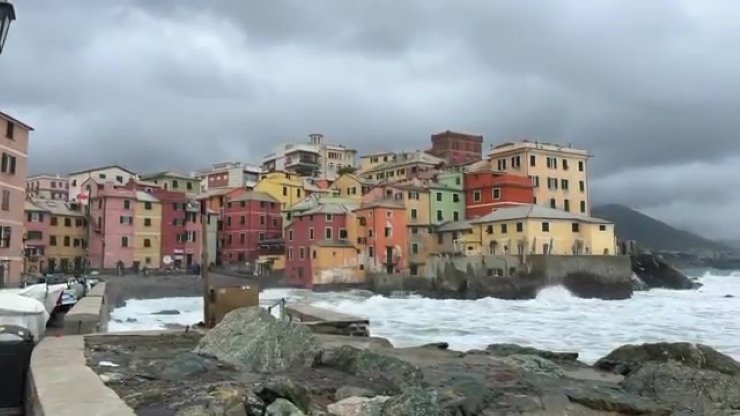
Hello friends. I recently visited a city that was once the capital of a wealthy trading empire. The Republic of Genoa used to control the Ligurian coast, Corsica, Sardinia, Cyprus and many other islands. They built fortresses on the shores of the Black Sea and of course palaces on their own land.
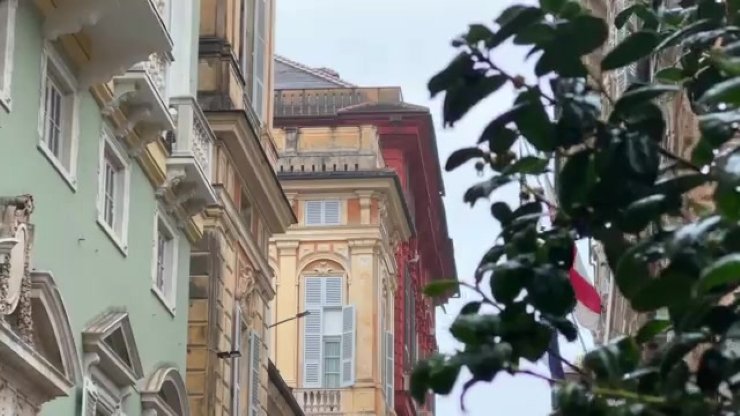
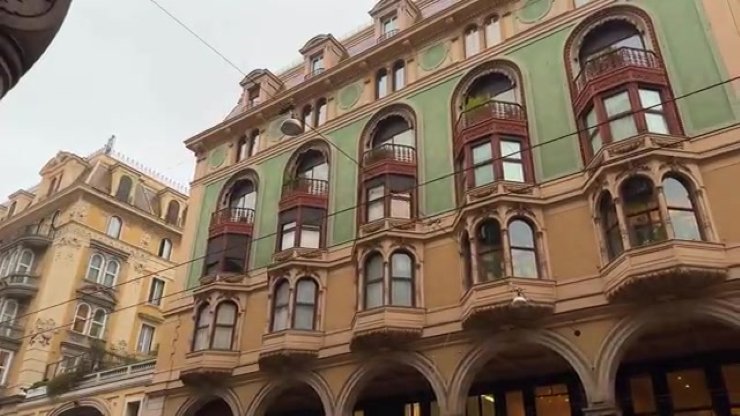
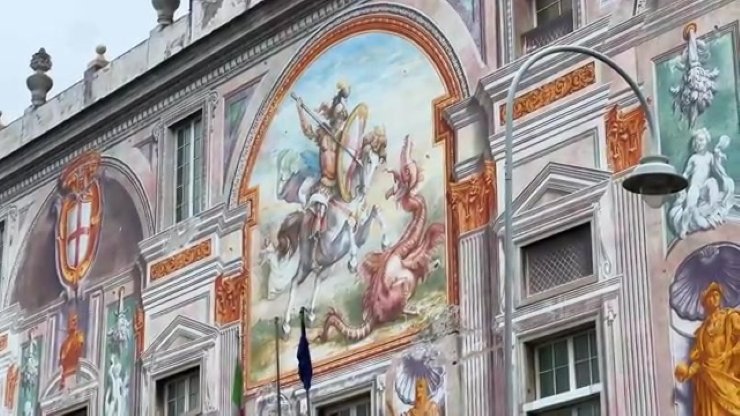
But all of that is in the past. These days Genoa doesn’t lead a wealthy life. Interestingly enough some say this is partly the fault of its most famous native, Christopher Columbus. Yes Columbus was born in this city and I’ll talk about his house soon. I’ll also explain whether his discovery of America actually harmed Genoa or if that’s just a myth. I had the chance to explore the city and form my own opinion about it. Luckily the weather was perfect for wandering.
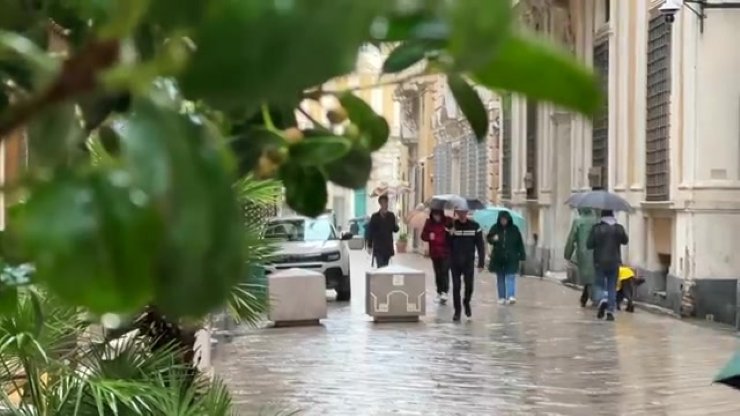
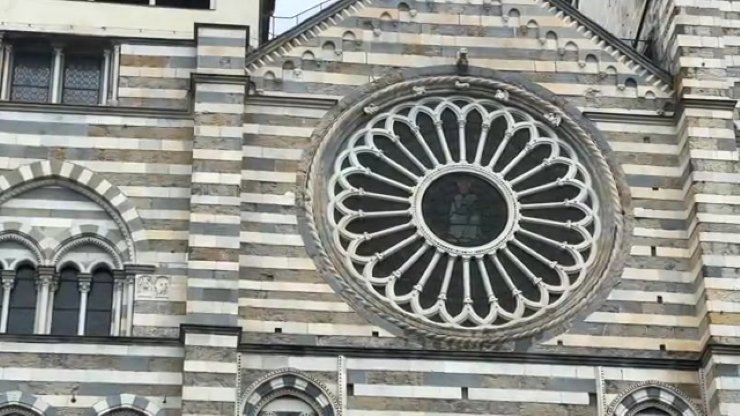
Genoa is one of the rare cities in Europe that has preserved its historical character. Interestingly tourism hasn’t destroyed the daily life of the city center. In many old cities the rich history slowly pushes local people to the suburbs. Landlords in the center either rent out their homes or sell them at high prices and move to quieter neighborhoods. As a result the center turns into a museum. Clean, beautiful but lifeless.
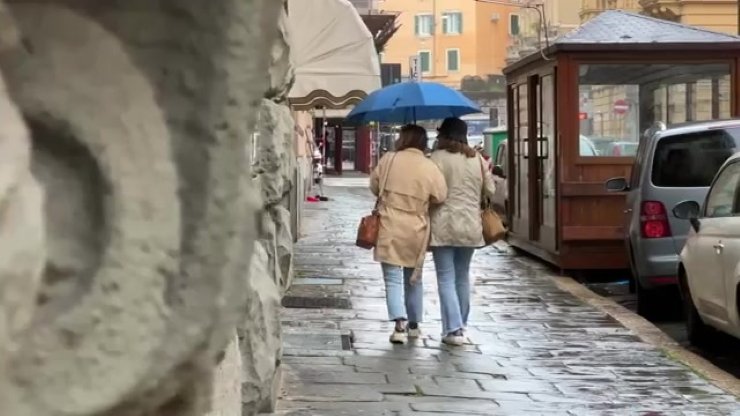
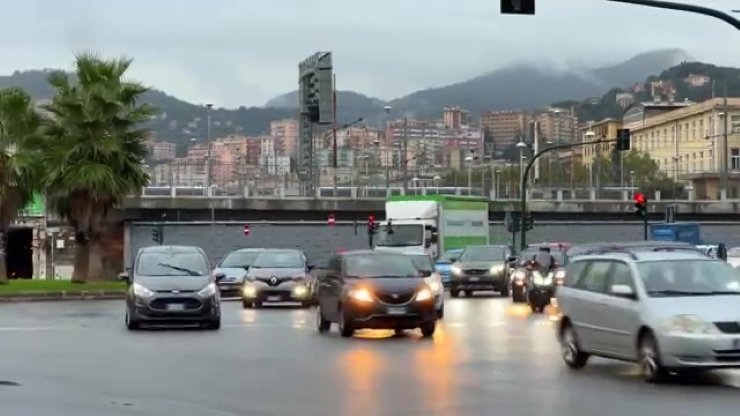
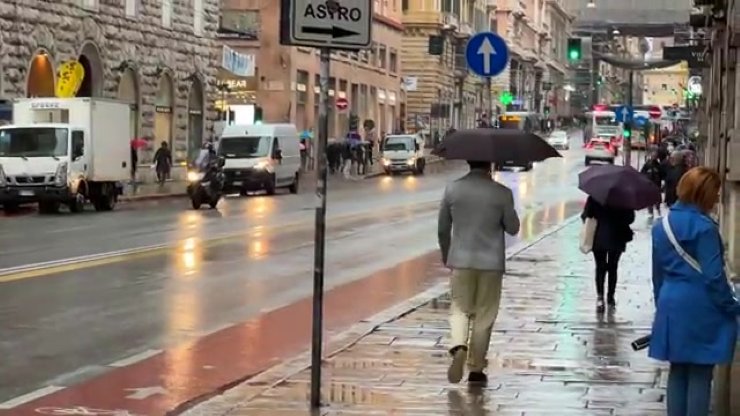
But Genoa is completely different. There’s still real street life here. It’s something many tourists don’t notice but we should definitely appreciate.
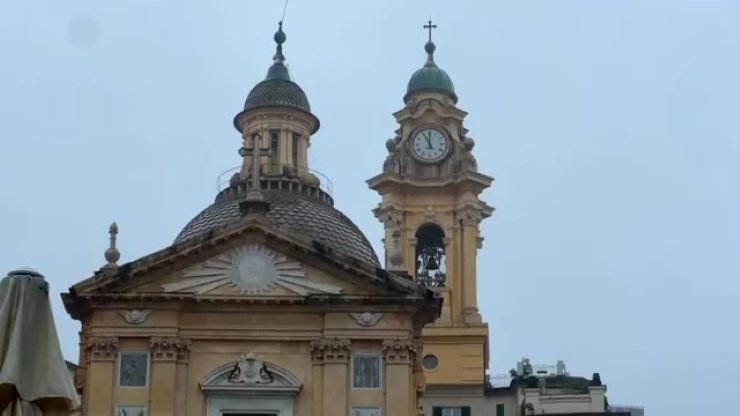
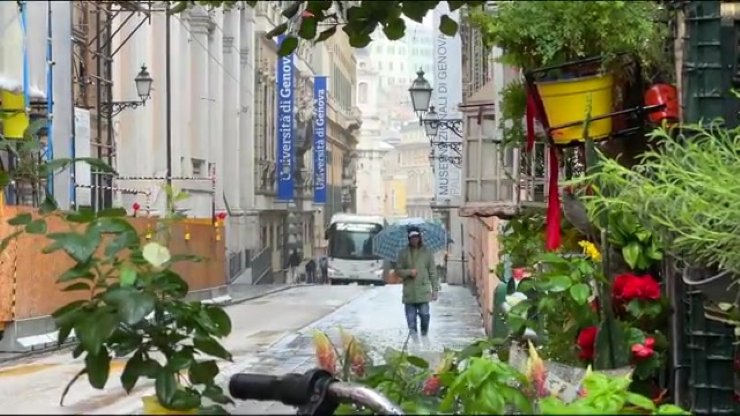
Genoa is located in northern Italy along the Ligurian coast. Its central population is about 600000 with more than a million including the surrounding areas. It’s Italy’s largest port and a key transportation hub. It even has its own airport and metro system.
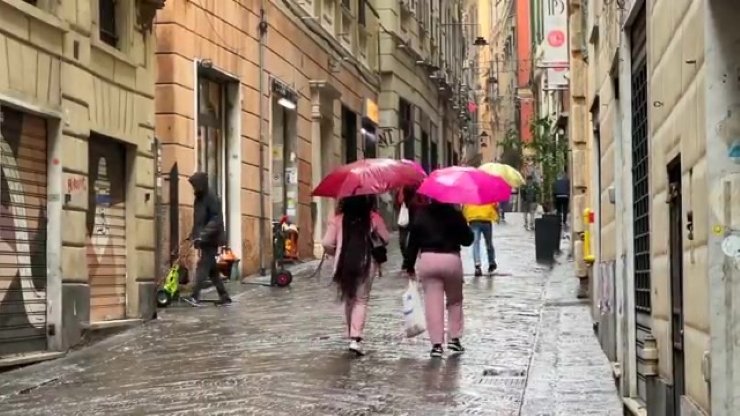
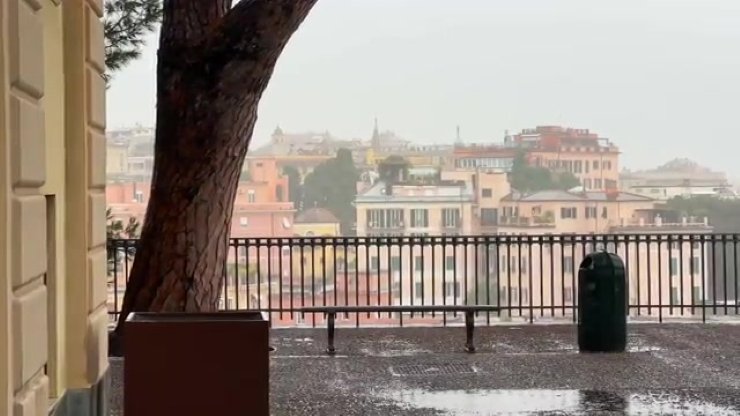
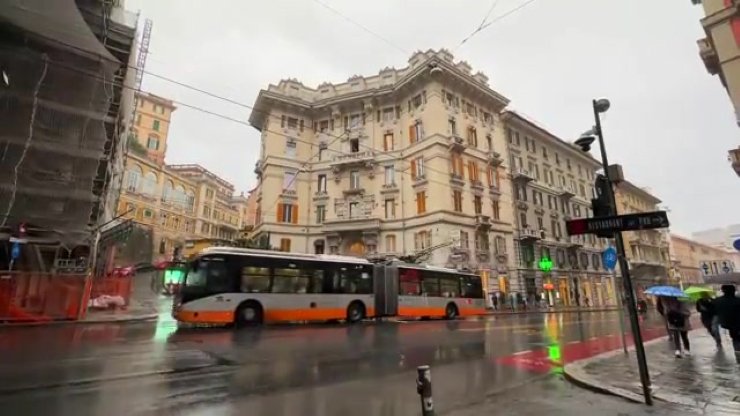

The most important thing to know about Genoa is its geography. While Milan may be one of the flattest cities in the world Genoa is entirely built on hills. If you look at a map you’ll see how the roads twist like a maze. That’s because the city is built on slopes and surrounded by even higher hills.
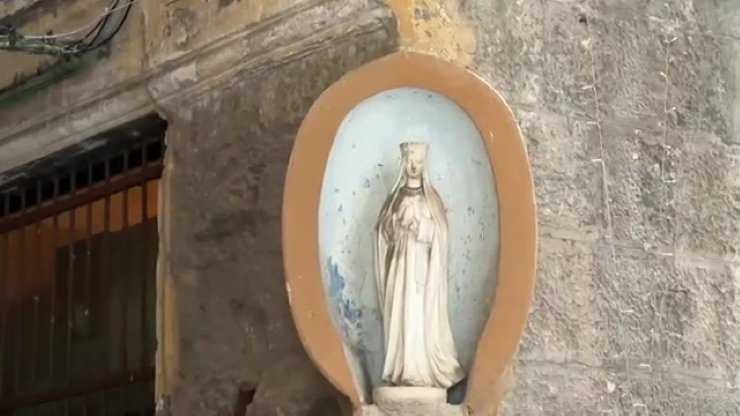
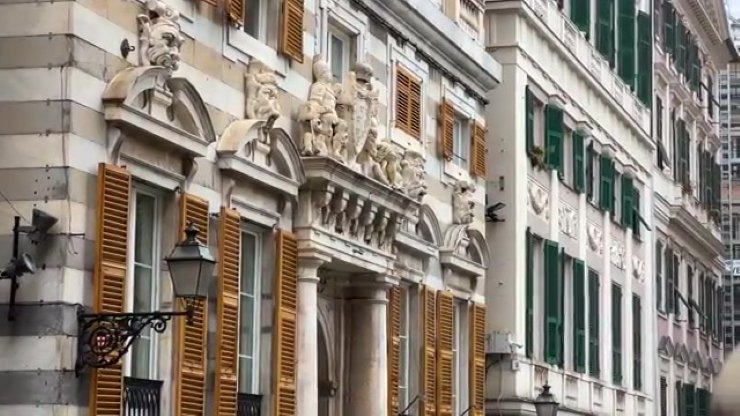
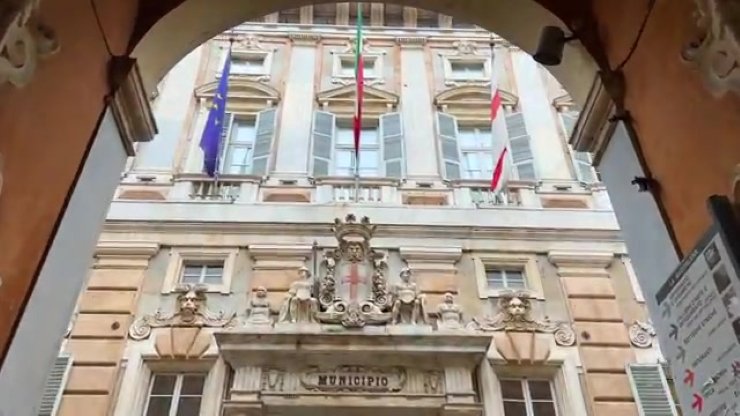
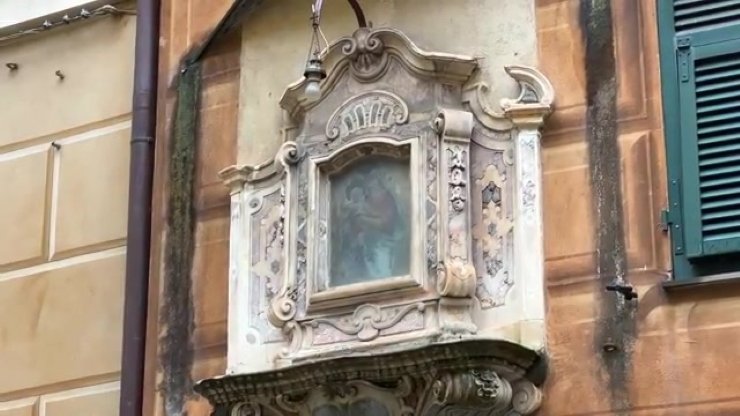
Still Genoa was one of the first places in Europe to have an organized urban plan. This shows how wealthy the city once was. People didn’t just build palaces. They aligned them to form grand streets.
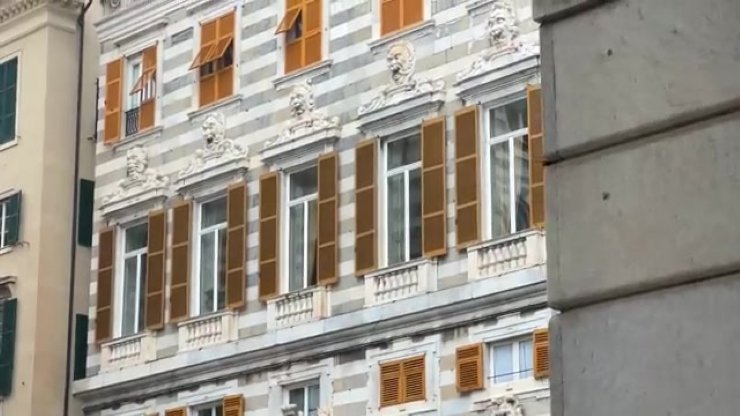
But that’s only a small part of Genoa. Most of the city is made up of narrow alleys and constant ups and downs. It may feel romantic and charming to tourists but it’s definitely not easy for locals.
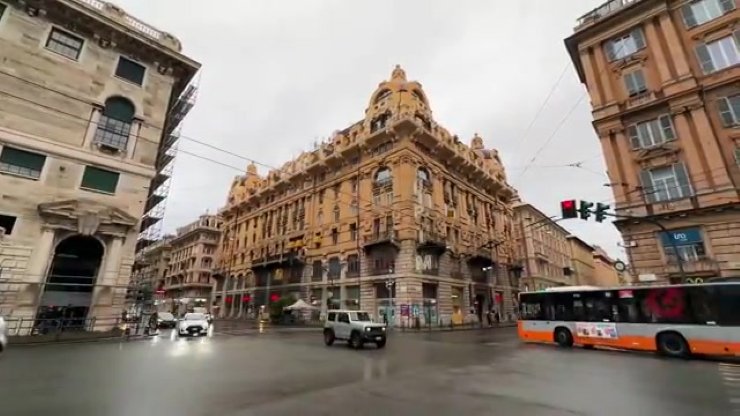
Genoa’s golden age is often said to be the 14th century. During this time the city’s colonial network brought it enormous wealth. It wasn’t just Liguria. They controlled the Black Sea coasts, Mediterranean islands and important trade routes.
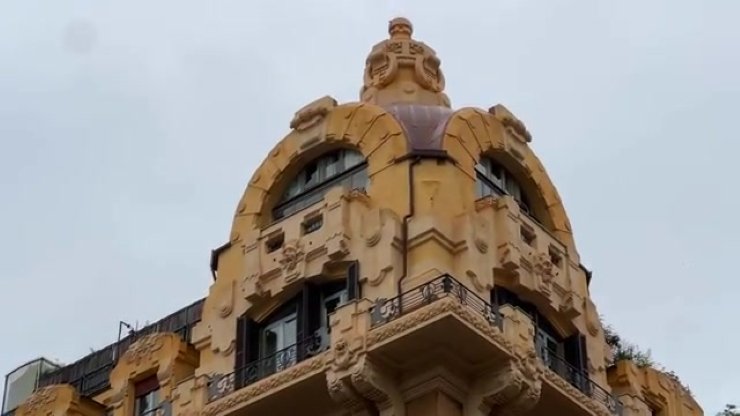
Of course not everything was perfect. There were tough times too. But the traces of that rich past still remain.
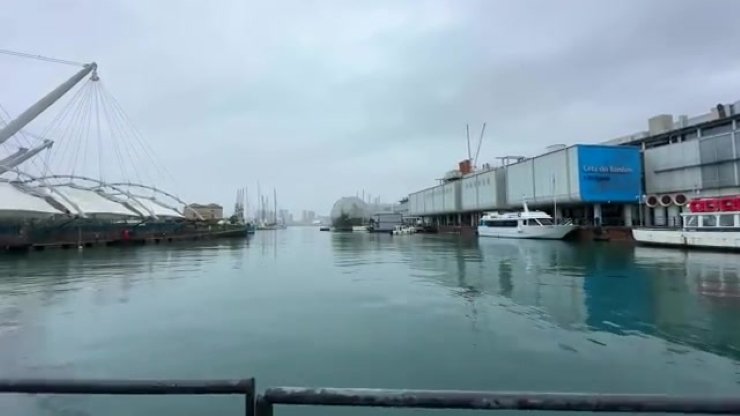
Most visitors to Genoa are struck by the stunning facades of its buildings. There are extraordinary palaces. It’s surprising because you’d expect this level of architecture in Rome or Florence not in a lesser known city like Genoa.
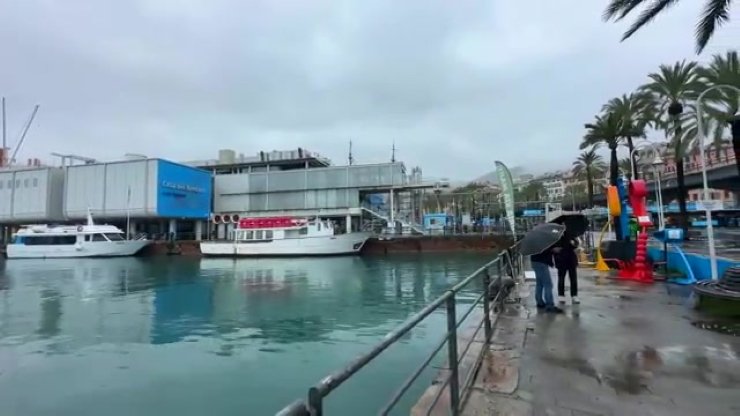
Now think about it. If we’re talking about the capital of a maritime empire the most magnificent buildings should be by the shore right? But when I got to the waterfront I felt a bit disappointed. The coastline is actually quite plain. I was expecting grand structures but instead there it was, a giant viaduct.
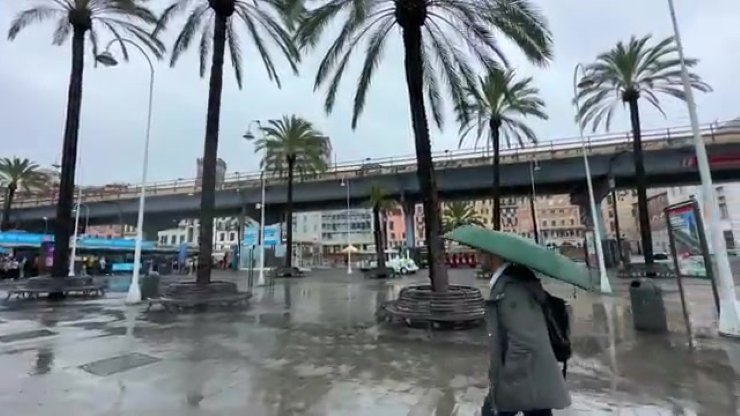
One of the most beautiful buildings in the city is right in front of me but I can’t see it because of the viaduct. And it’s not just the elevated road. There’s another three lane road below it too. That means you can hardly see the sea from the windows of the houses along the shore.
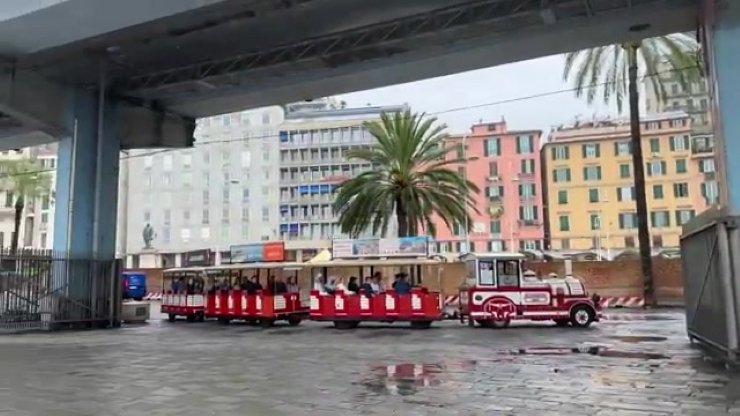
I’ve visited this city many times and every time I ask myself the same question. How could they have built this? Maybe there was no better solution in such a hilly place but couldn’t they have built a tunnel? I’m not sure. But as it stands it really looks bad and ruins the view. No one knows if or when the viaduct will be removed but I hope it’s taken down one day. Even when you try to take a photo of the city’s best building that ugly structure ends up in the frame.
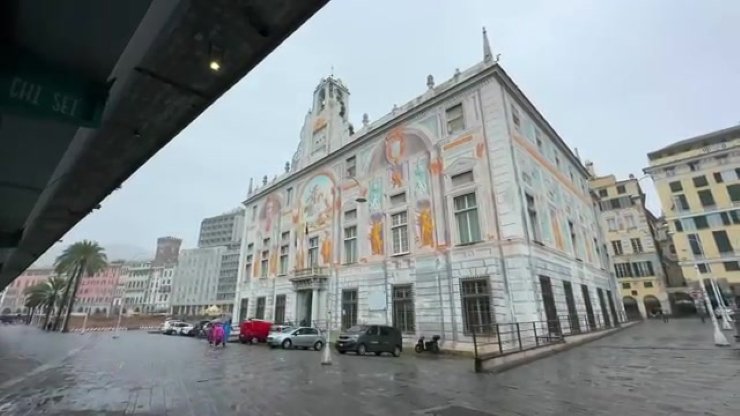
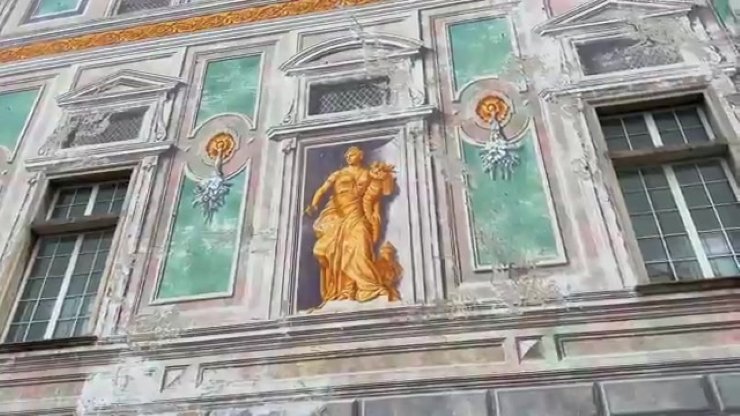
Still there are some positive developments. For example near Via XX Settembre in Piazza della Vittoria a street that used to be open to traffic is now reserved for pedestrians. It’s also been beautified with patterns on the ground, small trees, even citrus plants. Despite the city’s density this is a hopeful sign of bringing nature back.

I passed by an ordinary street not even central. Via Malta. You won’t find it in any guidebooks but the buildings around it are incredible.
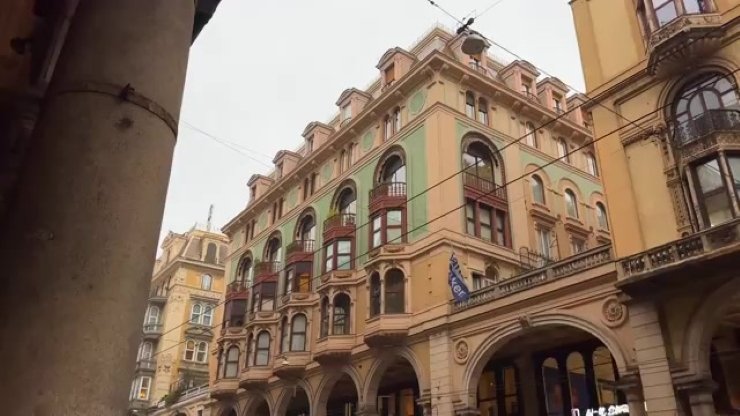
Each one is different and elegant. On the right pastel green. On the left shades of cream and yellow. All beautifully decorated. It’s the legacy of the wealthy merchants of the past. The facades are so richly detailed they almost outshine the interiors.

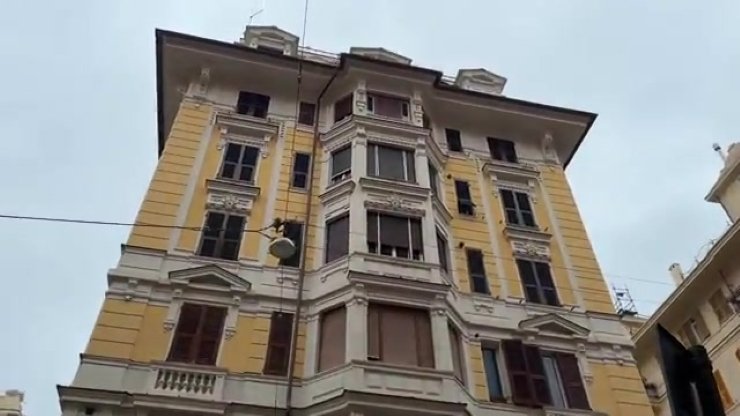
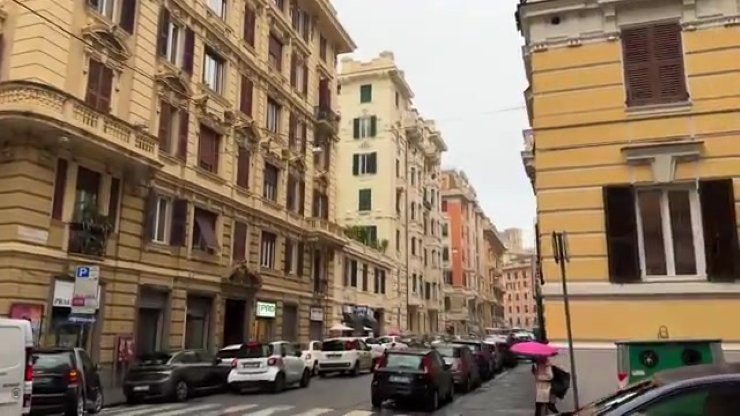
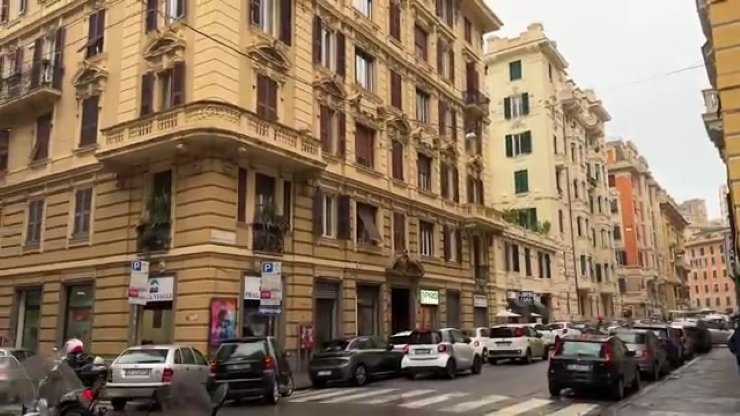
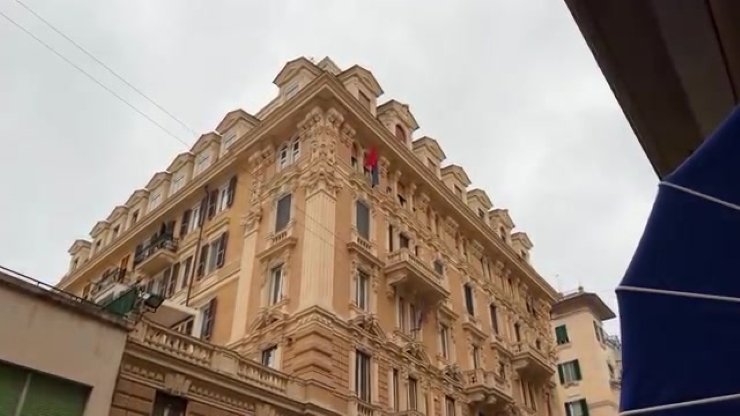
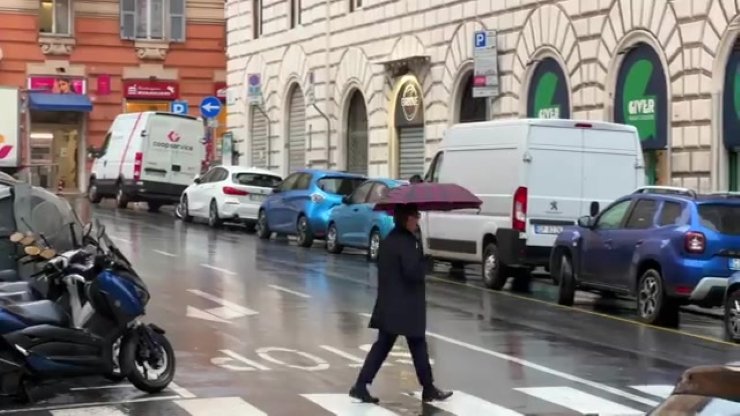

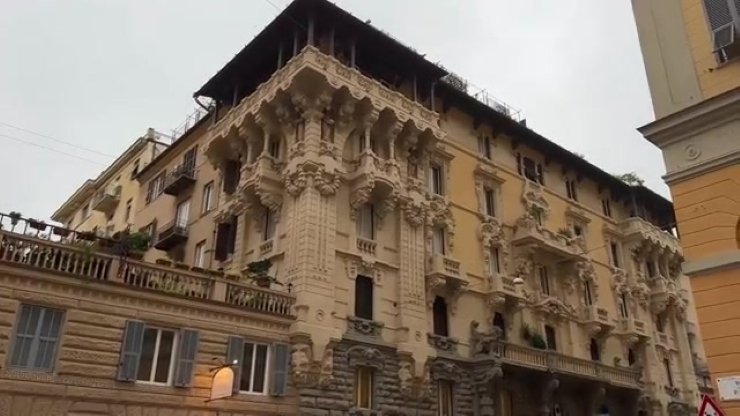
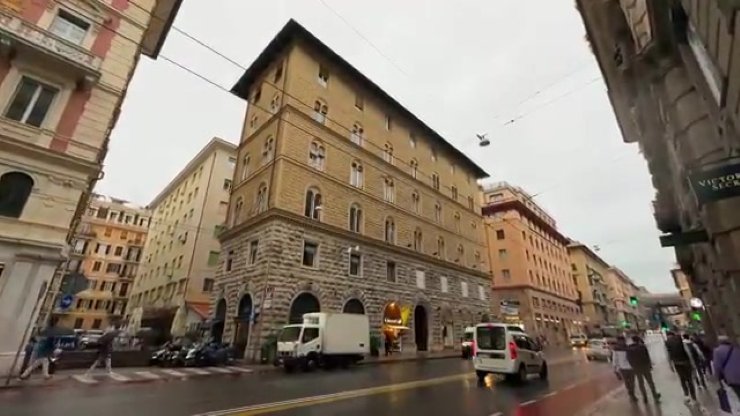
Walking under the galleries in the rain, admiring the arches and stone floors is such a joy. Especially along Via XX Settembre you can really enjoy these covered walkways. It’s one of the few truly pleasant walking routes leading to Piazza De Ferrari, the city’s main square.

I believe people are grateful for these passages in the summer when they need to escape the heat. Summers here are quite hot. Thankfully you can find cool spots not only in the arcades but also in the narrow old streets. Some of them are so tight the sun barely reaches them.
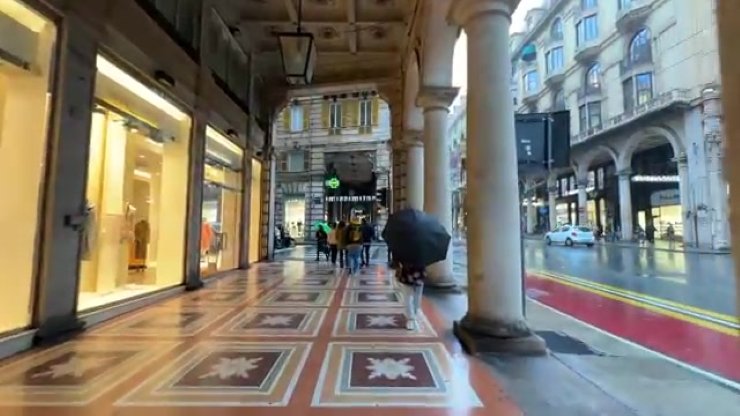
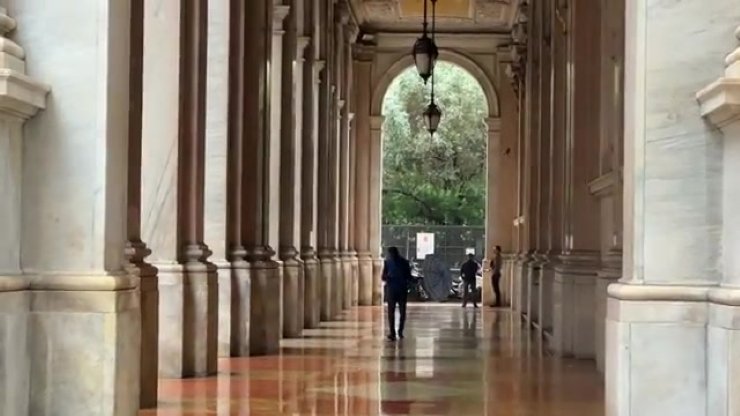
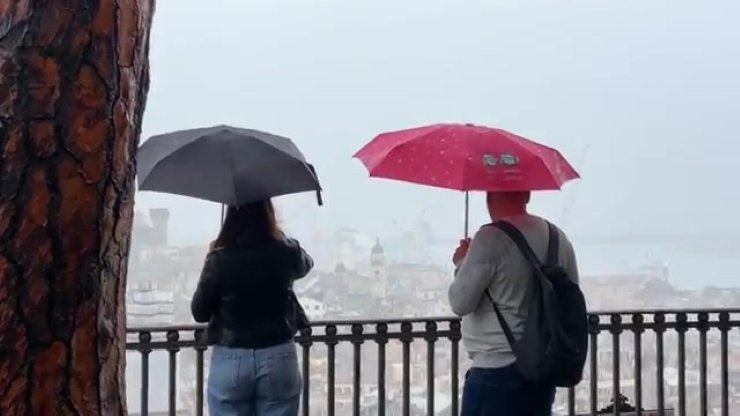
I arrived at Genoa’s main square, Piazza Ferrari. I wish it had been sunny so I could show you this place in all its beauty but sadly I don’t get to choose the weather. So let’s start exploring even in the rain.
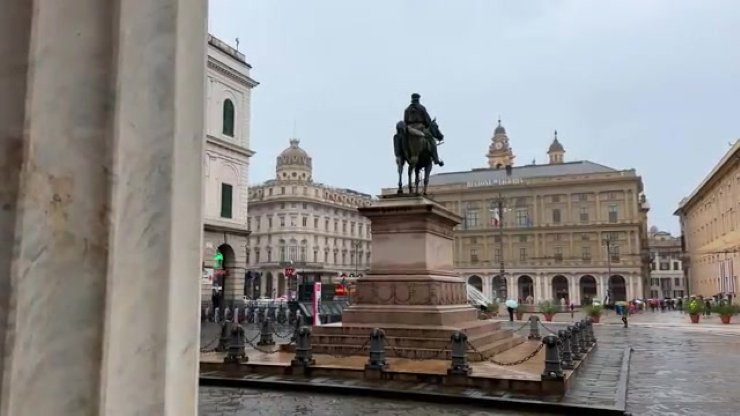
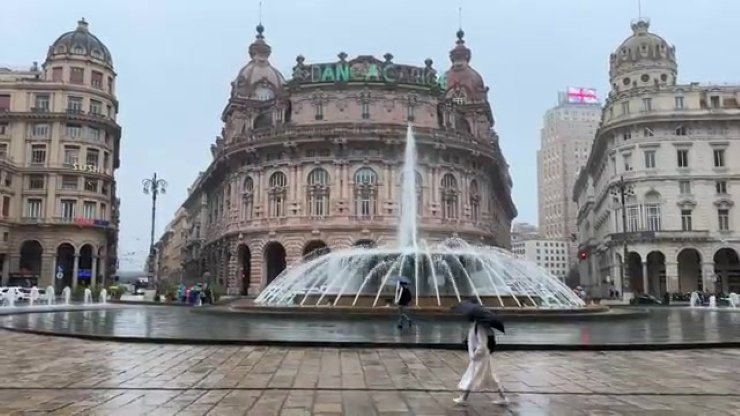
In front of us is the Carlo Felice Theater, built in the 1820s. Sadly it was heavily damaged during World War II. Like many other cities Genoa was bombed not just from the air but also from the sea. The theater suffered serious damage and was restored fairly recently.
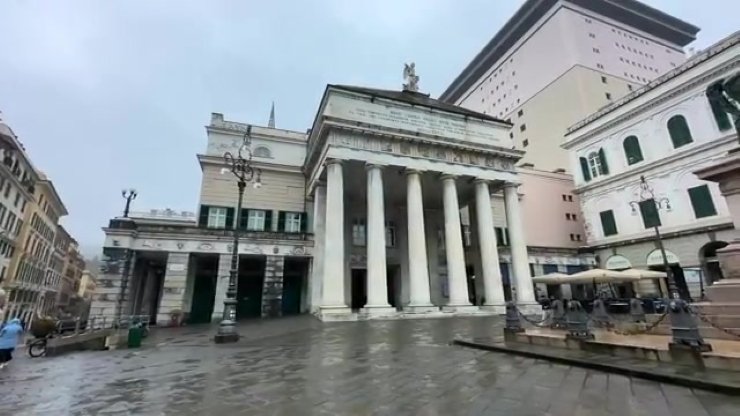
A little further ahead is Galleria Mazzini which is absolutely beautiful. And of course which Italian city square would be complete without Giuseppe Garibaldi? His statue is here too. By the way Garibaldi spent many years in Genoa and it was from here that he set sail for his greatest mission, the Expedition of the Thousand which began the unification of Italy.
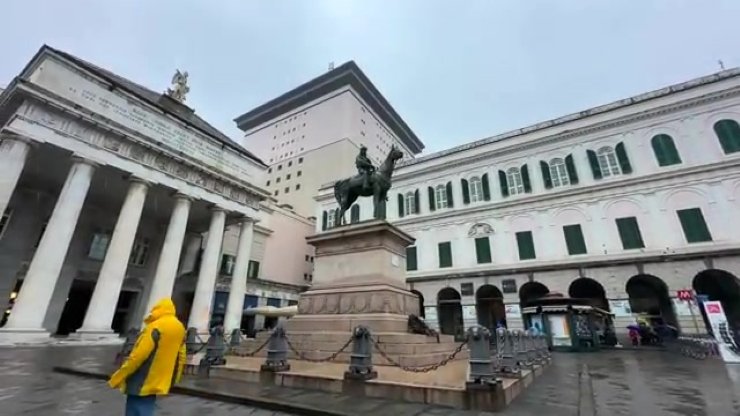
To the right of the statue is the Ducal Palace. To the left the Ligurian regional government building. A bit further left a bank building stands out. And of course a city so important in trade must have a stock exchange. Here it is, heavy and majestic. In the middle of the square there’s a large fountain which looks wonderful on sunny days.
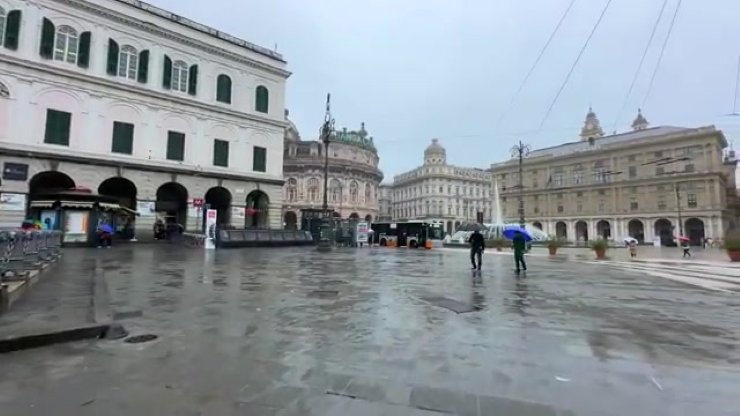
From here the famous Via XX Settembre extends to the left. It’s very inpressive. By the way the name Ferrari Square has nothing to do with the car brand. Ferrari is one of the most common surnames in Italy, the third most common nationwide. The most common is Rossi.
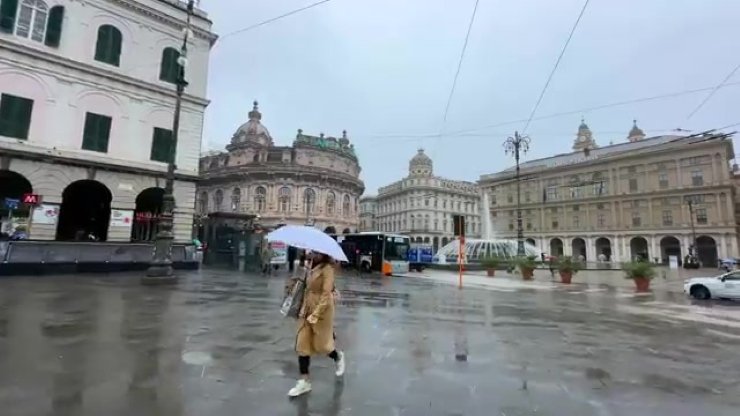
I looked at the square once more. Despite the rain it looked amazing. Nearby are Piazza Giacomo Matteotti and the cathedral. I visited them too.
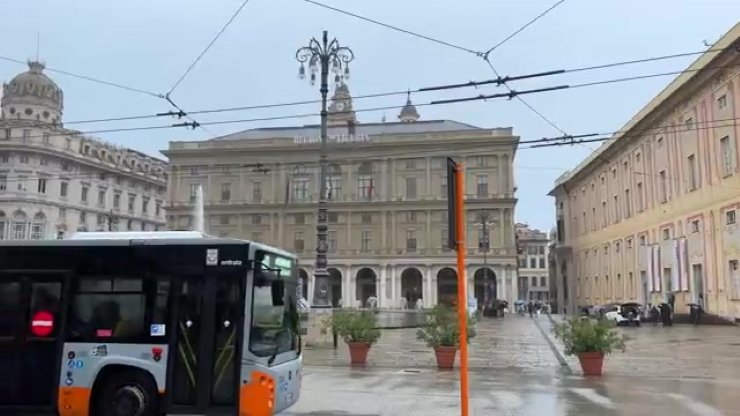
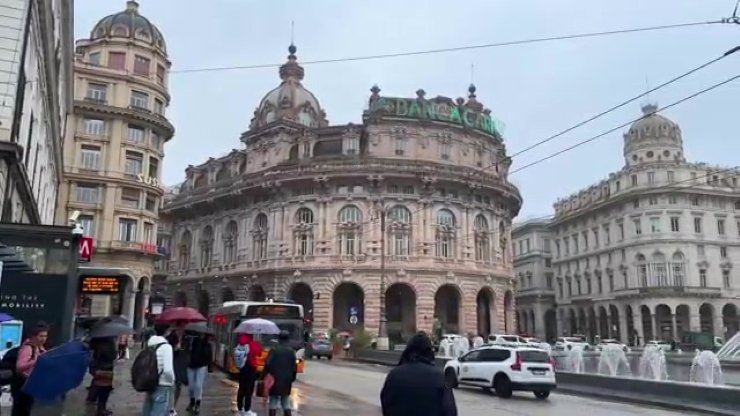
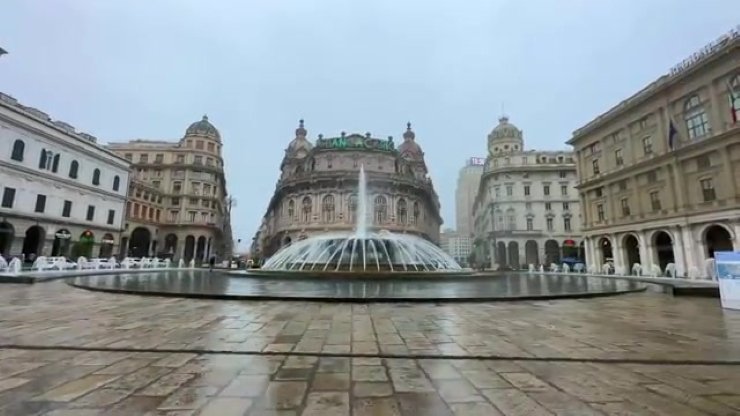
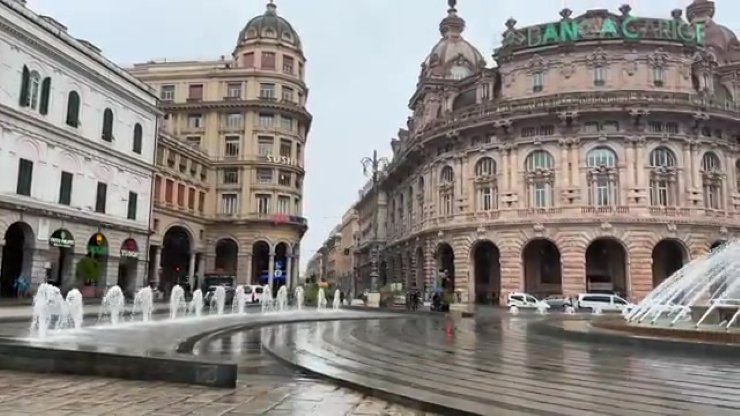
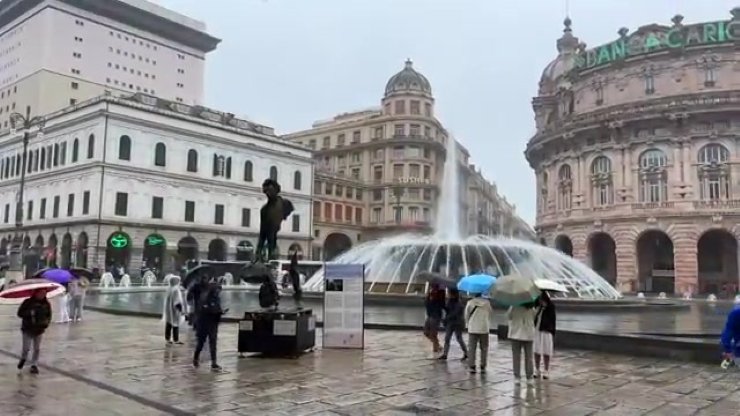
Take a look at this unique sculpture. The artist is Bruno Catalano. Really impressive.
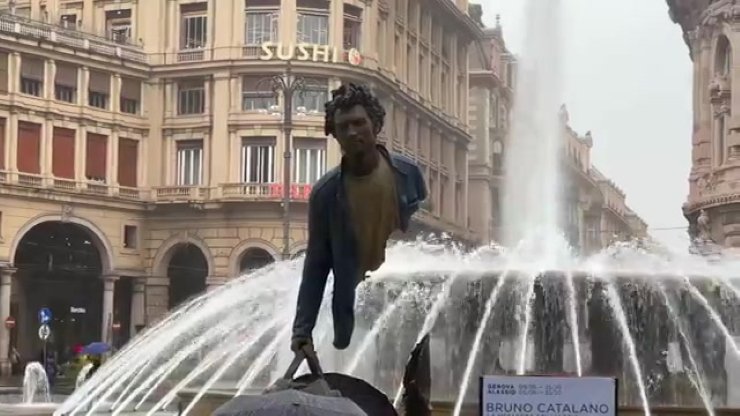
Then I found myself on a typical Genoese pedestrian street. Narrow cobbled alleys either going up or down. Only pedestrians and in some places scooters can get through. To me Genoa is the city of mopeds. I’ve never seen so many people riding them anywhere else. People in suits, young people, older folks, they all ride mopeds because there’s no place to park cars in the center. Traffic is tight and most streets are one way.
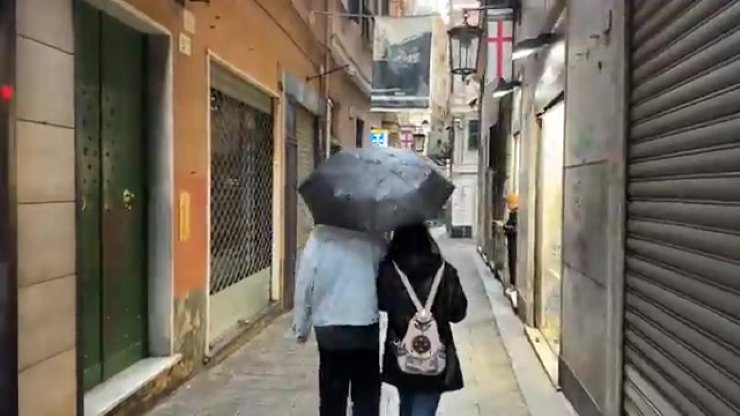
I think many people would like to ride bikes but who can cycle in these hills? Just like Amsterdam is the city of bikes, Genoa is the city of mopeds. Another comparison might be with Naples. The two major Italian ports, Naples and Genoa. On the Ionian side there are ports like Bari and La Spezia. But the difference with Genoa in my opinion is that you feel safe in every street. Even though the graffiti and narrow alleys might remind you of crime stories in Barcelona or Naples, Genoa feels quite safe. Of course every big city has some risks but the serious crime rate here is low. Still keep an eye on your bag or phone like you would anywhere.
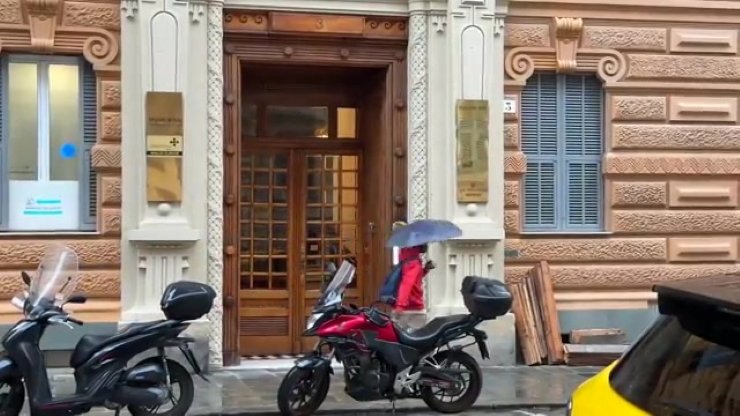
Even with a map it’s hard to find your way in these streets. So I suggest downloading an offline map before coming to Genoa. I glanced at a lovely café here. Surrounded by historic buildings with outdoor seating, it looked like a perfect spot.
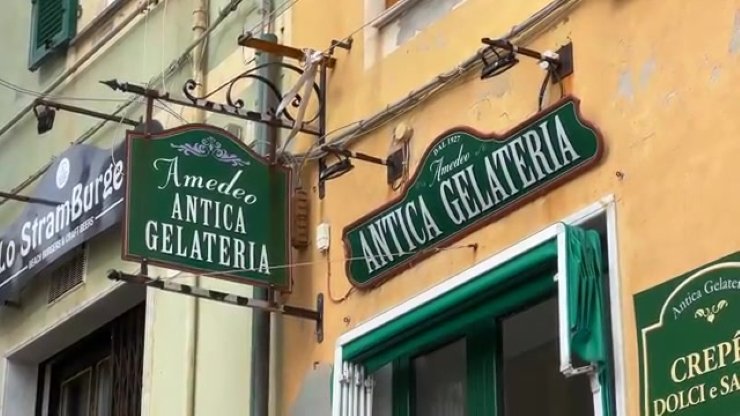
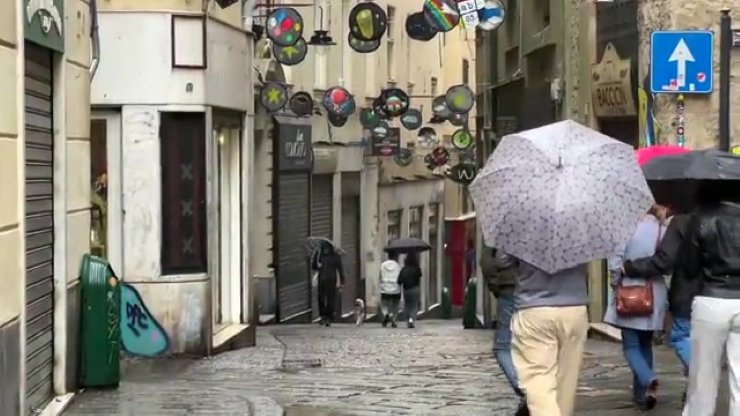
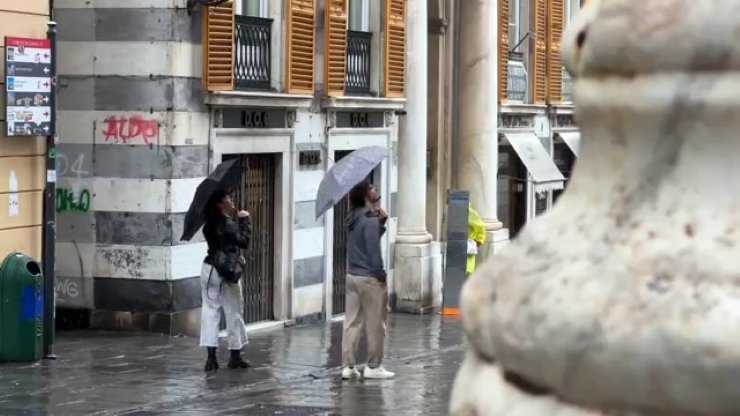
I arrived at Porta Soprana, one of the key medieval landmarks of Genoa. But I came here for Columbus. My comment about Columbus burying Genoa by discovering America may have sounded exaggerated to some. Maybe people think Genoa lost its importance because new trade routes opened.
But that’s not quite true. Even before Columbus set sail Genoa had already fallen behind Venice in trade. Columbus’s discoveries didn’t directly harm Genoa. The real loser was Venice and not because of Columbus but Vasco da Gama.
In fact Columbus’s voyages launched a new golden era for Genoa. Genoese merchants allied with Spain, the world’s most powerful country at the time and gold from the Americas helped Genoa rise again. The magnificent palaces we see today were built during this period.
Nearby are the remains of the Monastery of Saint Andrew and according to many historians the house where Columbus was born. Whether it’s true or not is debatable but there’s a plaque on the building. Most likely the city needed a Columbus house for marketing purposes.
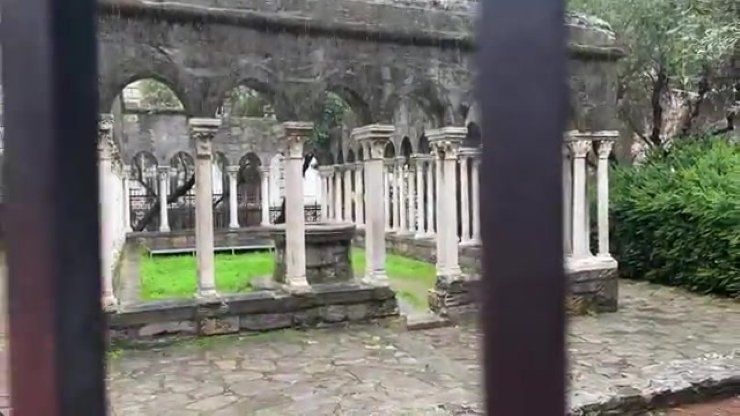
Then I headed toward the western part of the port. I wanted to talk a bit more about Columbus’s legacy. At first his discoveries benefited Genoa. But over time the so called Dutch disease, or in this case the Spanish disease, appeared. That is uncontrolled wealth makes people lazy. No need to produce anything. Everything is just bought. And when that abundance ends you’re left with nothing. The same happened to Spain and to Genoa.
By the late 16th century Napoleon ended Genoa’s independence. It later became part of the Kingdom of Sardinia then in 1861 part of the Kingdom of Italy.
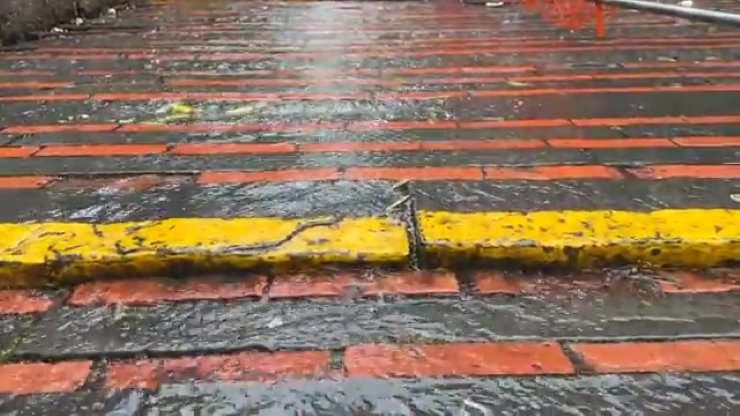
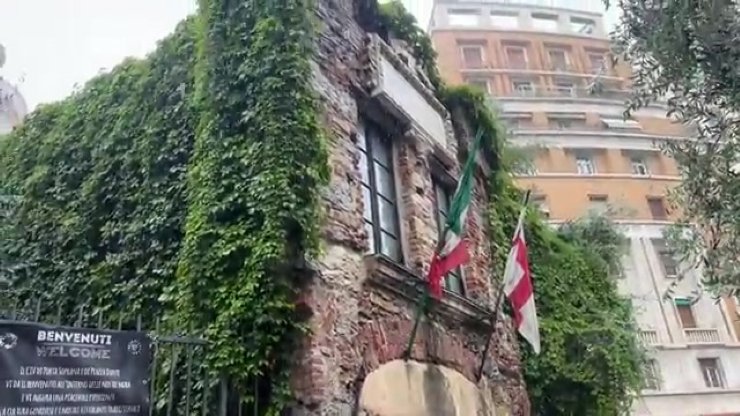
I’ll talk about the rest of my Genoa trip in my next post. See you soon.
You can check out this post and your own profile on the map. Be part of the Worldmappin Community and join our Discord Channel to get in touch with other travelers, ask questions or just be updated on our latest features.
Genoa looks so full of history and charm, even the rain adds a special mood! Can’t wait to read part 2 ☔🏛️
Thank you so much 😊 Genoa really does feel even more magical in the rain. I’m glad you enjoyed it
Wow, it's so perfect, just walk around like this. This is a big place, dear friend, because it is a capital city And it's probably perfect for a vacation visit.
Genoa is indeed a wonderful city to explore, even more charming on a rainy day. Perfect for a unique, laid-back vacation. Can’t wait to share more ✨ Thanks you 😍
What a beautiful city! Every time I look at the photos, I enjoy it. The view looks like a painting. It's amazing. Thank you for sharing it with us.
So glad you liked it
Thank you so much 🙏
Congratulations @annativa! You have completed the following achievement on the Hive blockchain And have been rewarded with New badge(s)
Your next target is to reach 200 replies.
You can view your badges on your board and compare yourself to others in the Ranking
If you no longer want to receive notifications, reply to this comment with the word
STOPHiya, @ybanezkim26 here, just swinging by to let you know that this post made it into our Honorable Mentions in Travel Digest #2603.
Your post has been manually curated by the @worldmappin team. If you like what we're doing, please drop by to check out all the rest of today's great posts and consider supporting other authors like yourself and us so we can keep the project going!
Become part of our travel community:
thank you 😍
You are very welcome @annativa! it was well deserved. ☀️
We are already looking forward to reading more about your adventures!